Humanity’s relentless curiosity has always driven us to peer beyond the veil of the unknown, seeking to understand the intricate workings of the universe and our place within it. From the earliest stargazers to the modern-day physicists probing the fabric of reality, the journey of scientific discovery is a testament to the insatiable human spirit, a narrative woven with moments of profound insight, meticulous observation, and groundbreaking innovation.
Throughout history, extraordinary individuals have emerged, often challenging entrenched beliefs and conventional wisdom, to unlock secrets that have reshaped our perceptions and capabilities. Their dedication to inquiry, often in the face of skepticism or misunderstanding, has laid the bedrock for all subsequent advancements, building a cumulative edifice of knowledge that continues to expand with each generation.
This article invites you on an immersive journey, a deep dive into the lives and monumental achievements of some of these trailblazing scientists. We will explore the pivotal discoveries that not only illuminated new pathways of understanding but also profoundly influenced the trajectory of human civilization, from deciphering the mysteries of ancient Earth to conceptualizing the very nature of matter and energy.
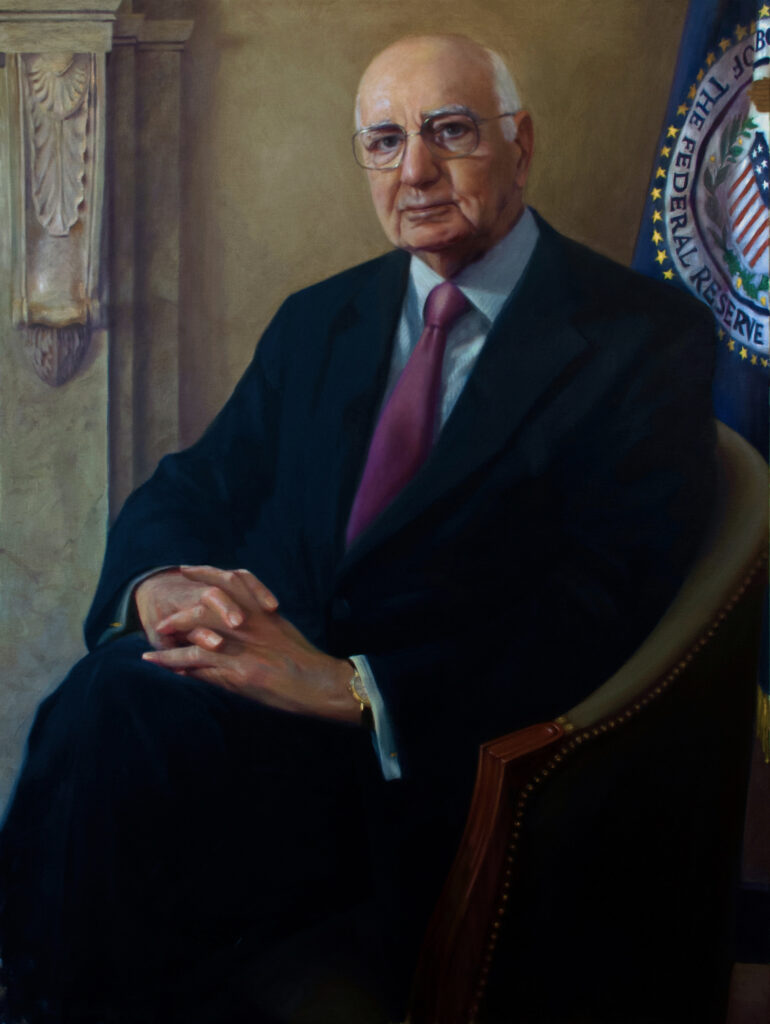
1. **Luis Alvarez: Unraveling Earth’s Cataclysmic Past and Subatomic Secrets**Luis Alvarez stands as a towering figure in 20th-century science, renowned for his multifaceted contributions that spanned across physics, geology, and even paleontology. His work exemplified a remarkable breadth of intellectual curiosity, enabling him to make significant impacts in seemingly disparate fields. He was instrumental in understanding the physical world from the smallest particles to planetary-scale events.
One of Alvarez’s most compelling contributions was his role in the discovery of “the iridium layer.” This geological anomaly, found globally at the Cretaceous–Paleogene boundary, provided a crucial piece of evidence for a radical theory. It suggested that a massive extraterrestrial event dramatically altered Earth’s environment, leading to widespread extinctions.
This iridium layer became the cornerstone for the theory of “dinosaur death by meteorite impact.” Alvarez, along with his son Walter, proposed that a large asteroid impact caused the mass extinction event that wiped out the dinosaurs. This hypothesis revolutionized our understanding of Earth’s ancient history and the forces that can shape life on our planet.
Beyond these earth-shattering geological insights, Alvarez also made significant “subatomic particle discoveries.” His innovative experimental techniques and analytical prowess led to the identification of numerous resonance particles. This work profoundly deepened the understanding of the fundamental constituents of matter and the forces governing them, cementing his legacy in high-energy physics.
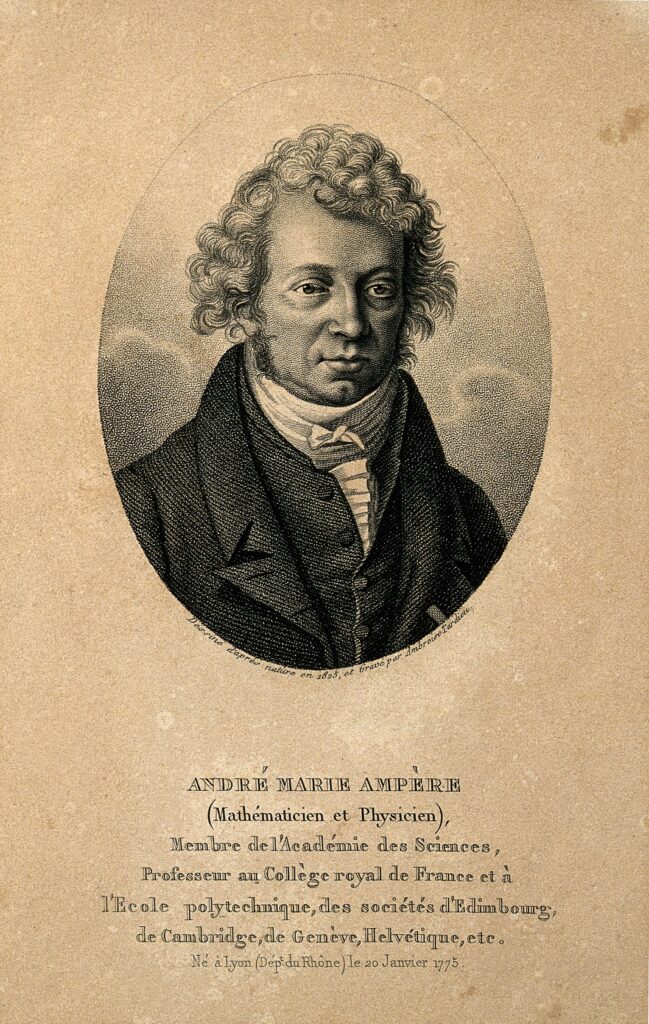
2. **André-Marie Ampère: The Architect of Electrodynamics**André-Marie Ampère is universally celebrated as one of the principal founders of the science of classical electromagnetism, a field that fundamentally transformed our understanding of electricity and magnetism. His pioneering work established the mathematical framework for these phenomena, laying the groundwork for countless technological advancements that define our modern world.
Ampère’s seminal discovery revolved around the intricate dance between electricity and magnetism. He “discovered that wires carrying electric current can attract and repel magnetically.” This was a revolutionary insight, demonstrating a direct and quantifiable relationship between electrical currents and magnetic fields. Before his work, electricity and magnetism were largely considered separate phenomena.
His meticulous experiments and theoretical formulations allowed him to quantify these interactions, leading to what is now known as Ampère’s Law. This law describes how electric currents produce magnetic fields, a principle that is fundamental to the design and operation of electric motors, generators, and countless other electromagnetic devices.
By uniting these two forces, Ampère effectively “founded electromagnetic theory.” His comprehensive mathematical and experimental work provided the bedrock upon which later scientists like James Clerk Maxwell would build. Maxwell’s famous equations, unifying electricity, magnetism, and light, owe a significant debt to Ampère’s foundational discoveries, solidifying his status as a true pioneer.

3. **Mary Anning: A Trailblazer Unearthing Ancient Worlds**Mary Anning, a self-taught paleontologist from Lyme Regis, England, made extraordinary contributions to our understanding of prehistoric life during the early 19th century. Despite facing significant societal barriers as a woman from a humble background, her keen observational skills and unwavering dedication led to remarkable discoveries that reshaped the burgeoning field of paleontology.
Anning’s career was marked by a series of spectacular finds, beginning with her childhood fascination with “ancient animals, fossils, and paleontology.” Her deep knowledge of the local cliffs and strata allowed her to unearth specimens that astounded the scientific community. She developed an unparalleled eye for locating and meticulously excavating fossilized remains.
Among her most famous achievements was her discovery of “the first complete specimen of a plesiosaur.” This marine reptile, with its long neck and powerful flippers, captured the public imagination and provided irrefutable evidence of creatures unlike any living today. This find, along with others, helped to solidify the concept of extinction and the vastness of geological time.
Beyond mere discovery, Anning also demonstrated remarkable scientific insight. She “deduced the diets of dinosaurs” by examining the contents of their fossilized digestive systems and the wear patterns on their teeth. Her ability to interpret these ancient clues provided a richer, more dynamic picture of prehistoric ecosystems, showcasing her intellectual prowess far beyond simple fossil collection.
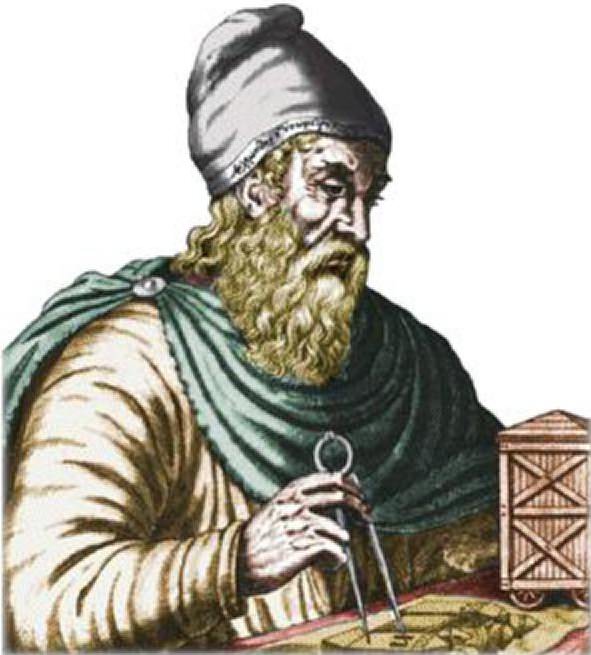
4. **Archimedes: The Ingenious Mind of Antiquity**Archimedes of Syracuse, an ancient Greek polymath, stands as one of history’s most influential scientists, engineers, and mathematicians. His ingenuity and intellectual rigor led to groundbreaking discoveries and inventions that transcended his era, laying foundational principles that continue to inform modern science and engineering. His work embodied the spirit of classical Greek inquiry.
Archimedes truly “founded the sciences of mechanics and hydrostatics,” establishing the fundamental principles governing forces, equilibrium, and the behavior of fluids. His most famous hydrostatic principle, concerning buoyancy, is still taught today. His analytical approach transformed these fields from empirical observations into rigorous scientific disciplines.
In the realm of mathematics, Archimedes was equally brilliant. He “calculated pi precisely,” developing sophisticated methods to approximate its value with remarkable accuracy for his time. Furthermore, he “devised the law of exponents,” a concept critical for manipulating large numbers and understanding geometric progressions, which foreshadowed later algebraic developments.
His inventive genius extended to practical applications, as he “created new geometrical proofs” and “invented numerous ingenious mechanical devices.” From the Archimedes’ screw, used for lifting water, to sophisticated war machines, his practical innovations demonstrated a profound understanding of applied physics, combining theoretical brilliance with practical utility in a manner rarely seen.
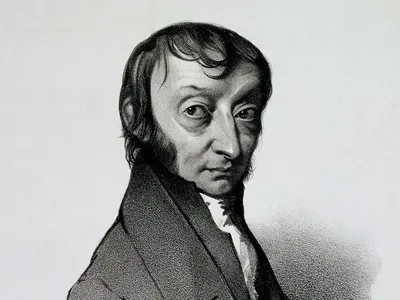
5. **Amedeo Avogadro: Revolutionizing Our View of Matter**Amedeo Avogadro, an Italian scientist, made a profound and often underappreciated contribution to the field of chemistry in the early 19th century. His work provided a crucial conceptual leap that reconciled conflicting chemical theories and laid the groundwork for a standardized understanding of chemical reactions and the composition of matter.
Avogadro’s most significant realization was a paradigm shift in how scientists conceived of elements. He was “the first scientist to realize that elements can exist in the form of molecules rather than as individual atoms.” At a time when many believed that elemental gases existed as single, independent atoms, Avogadro proposed that they could exist as diatomic or polyatomic molecules, like oxygen (O2) or nitrogen (N2).
This insight was critical for explaining various gas reactions without resorting to fractional atoms, a concept that was problematic for atomic theory. By proposing the existence of molecules, Avogadro provided a coherent framework for understanding why gases combine in simple whole-number ratios by volume, as observed by Gay-Lussac.
His groundbreaking hypothesis ultimately led to the formulation of “Avogadro’s law,” which states that equal volumes of all gases, at the same temperature and pressure, have the same number of molecules. This law provided a crucial means for determining the relative molecular weights of gases and became a cornerstone of quantitative chemistry, bridging the gap between theoretical models and experimental observations.
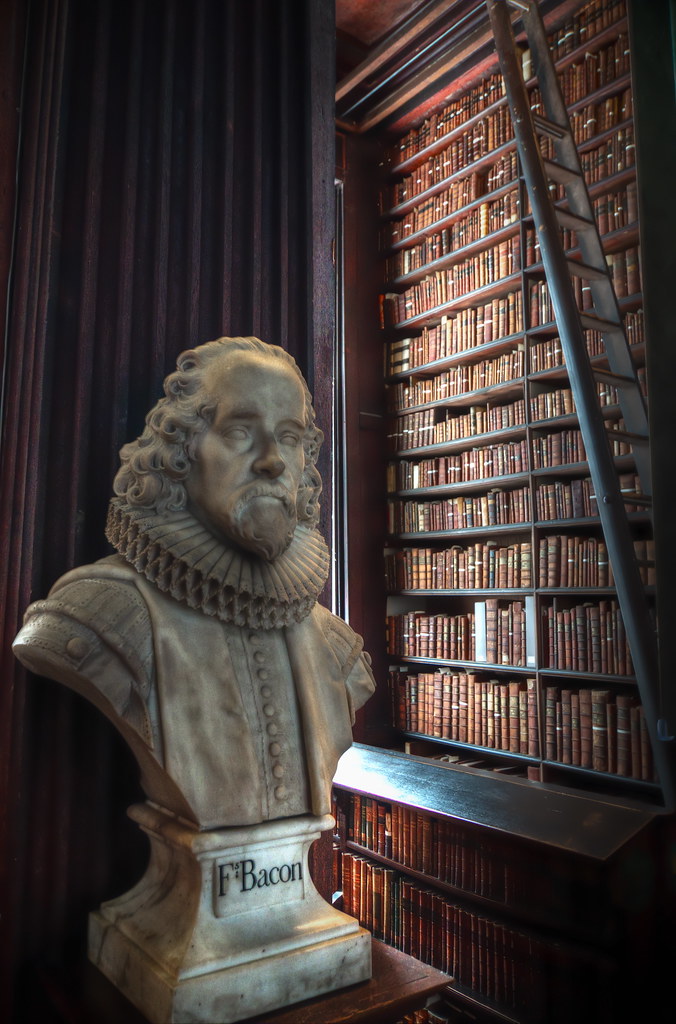
6. **Francis Bacon: Championing the Empirical Revolution**Sir Francis Bacon, a towering intellectual figure of the Elizabethan and Jacobean eras, is widely regarded as one of the most influential proponents of the scientific method. His philosophical contributions were instrumental in redirecting scientific inquiry away from purely deductive reasoning and towards a systematic, empirical approach that would define modern science.
Bacon’s radical ideas effectively “shook the foundations of Aristotle’s scientific influence,” which had dominated Western thought for nearly two millennia. Aristotle’s emphasis on logic and deduction, while valuable, often led to conclusions that were not empirically tested. Bacon argued for a new way of knowing, one that prioritized direct engagement with the natural world.
He achieved this by “popularizing the scientific method,” advocating for a systematic process of observation, hypothesis formation, experimentation, and analysis. Bacon believed that true knowledge could only be attained through careful, repeated observations and controlled experiments, rather than through abstract philosophical debate or reliance on ancient authorities.
Central to his philosophy was the concept of “grounding science in experiments and observations rather than logic-based arguments.” Bacon’s vision encouraged scientists to gather data methodically, to form generalizations from these observations, and to test these generalizations through further experimentation. This inductive approach transformed science into a dynamic, progressive endeavor, emphasizing discovery and empirical verification as its core tenets.
7. **Alexander Graham Bell: Connecting the World with Sound and Light**Alexander Graham Bell is an iconic figure in the history of invention, most famously associated with the telephone, but his creative genius extended far beyond this singular device. His work fundamentally transformed communication and laid the conceptual groundwork for technologies that would emerge decades, even centuries, later, demonstrating a visionary understanding of sound and light.
Bell’s most enduring legacy is undoubtedly his invention of “the telephone.” This revolutionary device, capable of transmitting the human voice electrically over long distances, dramatically altered social and business interactions worldwide. It marked a turning point in human history, shrinking distances and making instant personal communication a reality for the first time.
However, Bell’s innovative spirit was not confined to a single breakthrough. He also contributed to the invention of other significant technologies, including “the metal detector.” Initially developed to locate a bullet in President James Garfield’s body, this invention showcased Bell’s practical problem-solving skills and his ability to apply scientific principles to pressing real-world challenges.
Perhaps less known but equally visionary was his creation of “the photophone – the first device to carry the human voice using light.” This remarkable invention demonstrated that speech could be transmitted on a beam of light. While not commercially viable at the time, the photophone was a precursor to modern fiber-optic communication, underscoring Bell’s extraordinary foresight and pioneering work in what would become the field of optical telecommunications.
The journey through the annals of scientific innovation continues, carrying us forward from the foundational principles laid by the likes of Bell and Bacon into new realms of understanding and technological advancement. These subsequent trailblazers, armed with insatiable curiosity and brilliant intellects, further expanded the boundaries of human knowledge, each contributing a vital piece to the grand mosaic of our scientific heritage. Their stories are not just tales of discovery, but narratives of dedication, challenging the status quo, and ultimately, enlightening the world with profound insights that continue to shape our present and future.
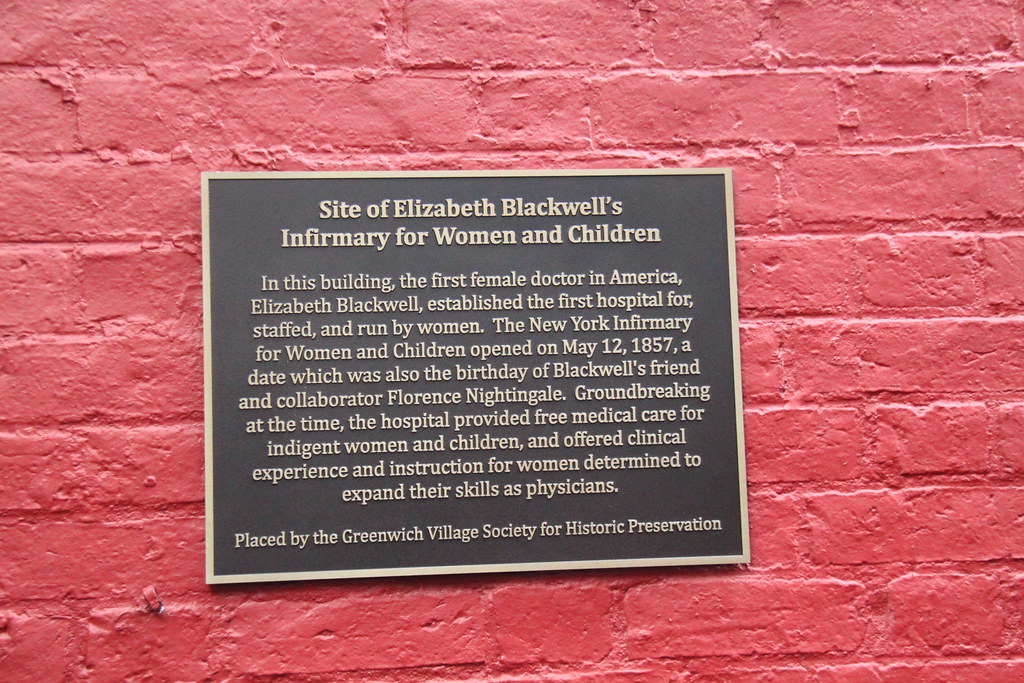
8. **Elizabeth Blackwell: Shattering Barriers in Medical Pioneering**In a world predominantly governed by men, Elizabeth Blackwell carved out an extraordinary path, becoming not only the first woman to qualify as a physician in America but also a tireless advocate for women’s education in medicine. Her courageous journey began in an era when the medical profession was almost exclusively male, facing immense skepticism and outright hostility from both peers and institutions. Yet, her resolve remained unyielding, fueled by a deep desire to alleviate suffering and to prove the capabilities of women in science.
Blackwell’s pioneering spirit went beyond her personal achievement. She recognized the systemic barriers preventing women from pursuing medical careers and dedicated her life to dismantling them. Her vision extended to creating opportunities for other women to follow in her footsteps, leading directly to the establishment of America’s first medical school for women. This institution became a beacon of hope and learning, empowering generations of female physicians who would go on to contribute significantly to public health and patient care.
Her contributions fundamentally reshaped the landscape of medical education and practice, demonstrating that gender was no impediment to scientific acumen or compassionate care. Blackwell’s legacy is a powerful testament to perseverance and the transformative impact of opening doors to diverse talents. She not only healed patients but also healed a societal prejudice, ensuring that the healing arts could truly benefit from the full spectrum of human intellect.
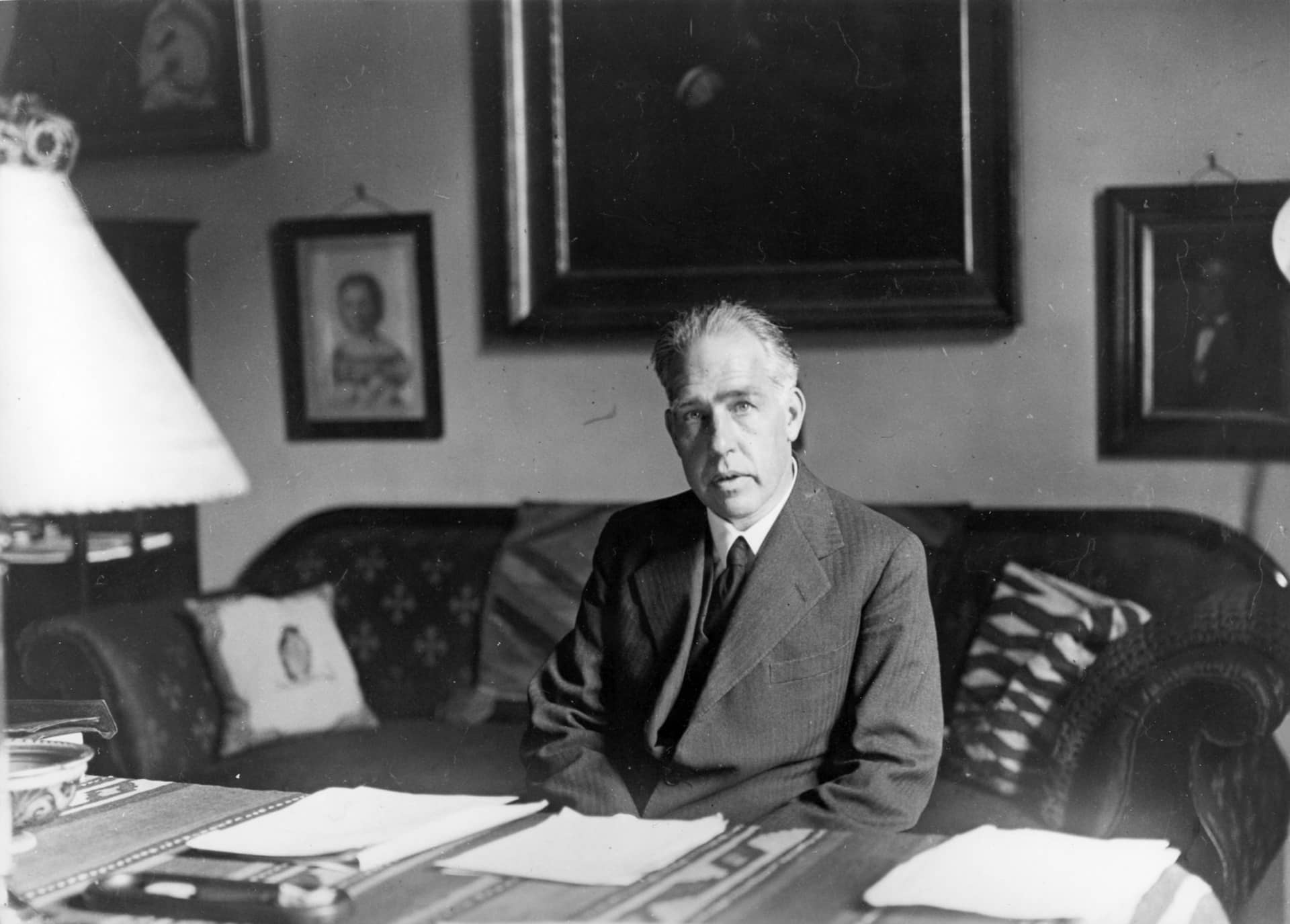
9. **Niels Bohr: Architect of the Quantum Atom**Stepping into the perplexing world of the atomic nucleus, Niels Bohr revolutionized our understanding of matter at its most fundamental level, forever changing the course of physics. Before Bohr, the prevailing models of the atom struggled to explain why electrons didn’t simply spiral into the nucleus, leading to the collapse of all matter. His groundbreaking work provided a crucial theoretical framework that elegantly resolved these paradoxes, heralding the dawn of quantum mechanics.
Bohr’s audacious proposal reimagined the atom, asserting that electrons occupied specific, ‘allowed’ orbits around the nucleus, much like planets around a star, but with a profound quantum twist: all other orbits were strictly forbidden. This revolutionary concept, known as the Bohr model, introduced the idea of quantized energy levels, explaining how atoms absorb and emit light in discrete packets. It was a bold departure from classical physics, injecting quantum principles directly into the heart of atomic structure.
His intellectual leadership extended to developing the “Copenhagen interpretation of quantum mechanics,” a framework that sought to make sense of the probabilistic and counter-intuitive nature of the quantum world. This interpretation, developed in collaboration with other brilliant minds, became a cornerstone of quantum theory, influencing how physicists understood the very fabric of reality and the limits of observation. Bohr’s vision not only gave us a clearer picture of the atom but also deepened philosophical debates about determinism and the nature of scientific inquiry itself.
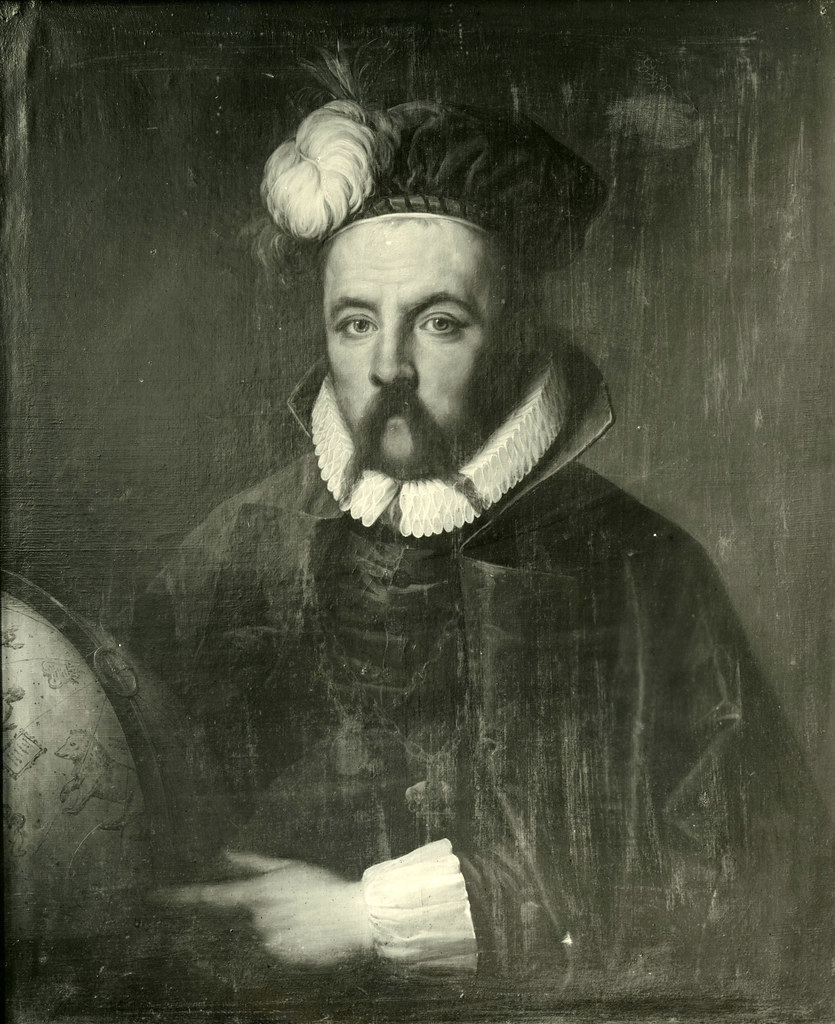
10. **Tycho Brahe: The Meticulous Celestial Observer**In an age preceding the invention of the telescope, Tycho Brahe, a Danish nobleman, elevated observational astronomy to an unprecedented level of precision, meticulously charting the cosmos with the eye. His sprawling observatory, Uraniborg, on the island of Hven, was a testament to his dedication, equipped with massive, custom-built instruments that allowed him to record stellar and planetary positions with an accuracy that would remain unmatched for decades.
Brahe’s astronomical endeavors were driven by a profound commitment to empirical data. He understood that accurate measurements were the bedrock of true scientific understanding, rejecting philosophical speculation in favor of rigorous observation. His monumental achievement was the production of “the best star catalog that had ever been compiled,” a comprehensive record far surpassing any previous attempts, documenting the celestial sphere with meticulous detail.
Crucially, Brahe “measured the orbit of Mars with unprecedented accuracy,” accumulating a treasure trove of data that would prove invaluable to his successor, Johannes Kepler. This detailed Martian data became the critical raw material that allowed Kepler to formulate his revolutionary laws of planetary motion, which, in turn, “paved the way for Kepler’s laws of planetary motion and Newton’s law of gravity.” Without Brahe’s diligent and precise observations, the Newtonian revolution in celestial mechanics might have been significantly delayed, underscoring the vital, if often unsung, role of painstaking data collection in scientific progress.
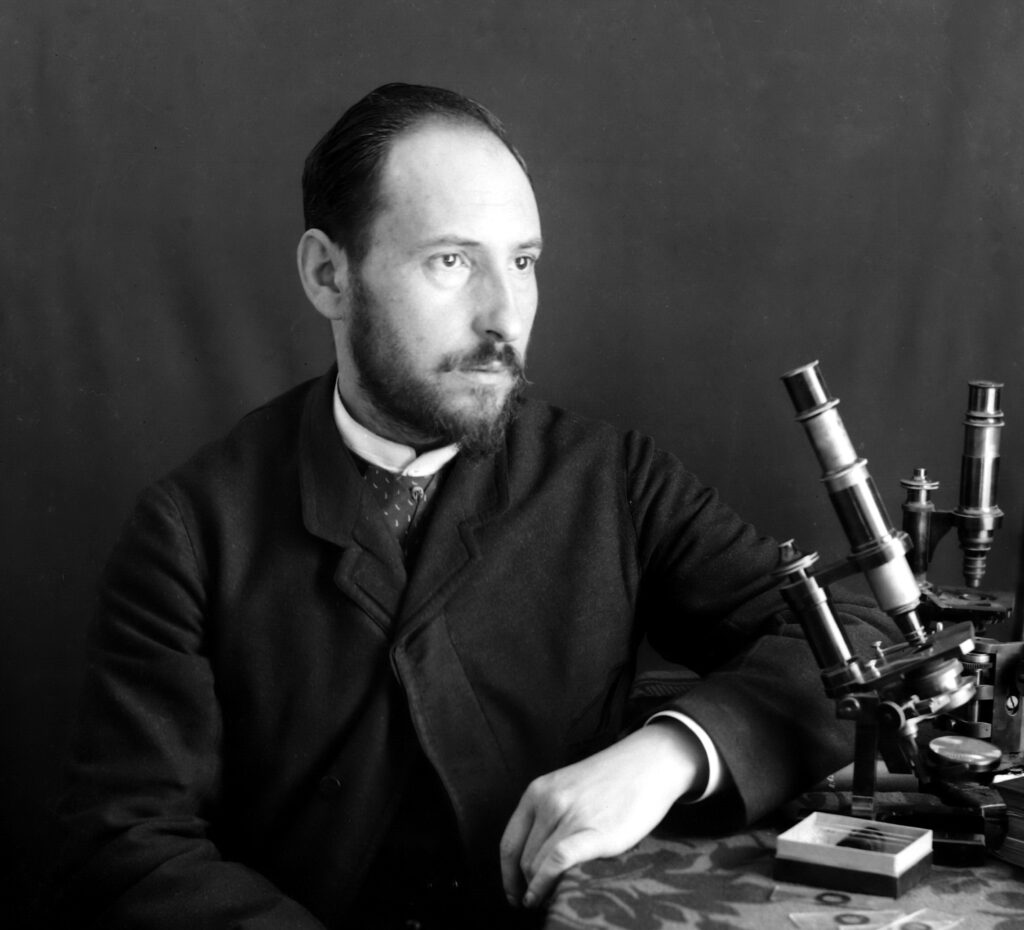
11. **Santiago Ramón y Cajal: Mapping the Intricate Labyrinth of the Brain**Peering into the most complex known structure in the universe – the human brain – Santiago Ramón y Cajal, a Spanish neuroscientist, unraveled its fundamental building blocks, laying the very foundation of modern neuroscience. Before his seminal work, the brain was often viewed as a continuous, undifferentiated net, a reticular theory that obscured its true functional architecture. Cajal’s meticulous observations shattered this prevailing misconception, revealing the discrete nature of neural communication.
Employing and refining the silver staining technique developed by Camillo Golgi, Ramón y Cajal’s artistic talent and scientific precision allowed him to visualize individual nerve cells, or neurons, with stunning clarity. Through countless hours at the microscope, he painstakingly illustrated these intricate structures, demonstrating that neurons were distinct, biochemically independent cells. This pivotal discovery, known as “the neuron doctrine,” established that these cells communicate across tiny gaps, or synapses, rather than forming a continuous web.
His profound insight, that neurons behave as “biochemically distinct cells rather than a network of interlinked cells,” transformed our understanding of how the nervous system functions. It provided the essential framework for comprehending everything from thought and memory to sensation and movement. Ramón y Cajal’s legacy is not just one of groundbreaking discovery but also of artistic mastery, with his detailed drawings remaining iconic representations of the neural landscape, inviting generations of scientists to explore the brain’s wondrous complexity.
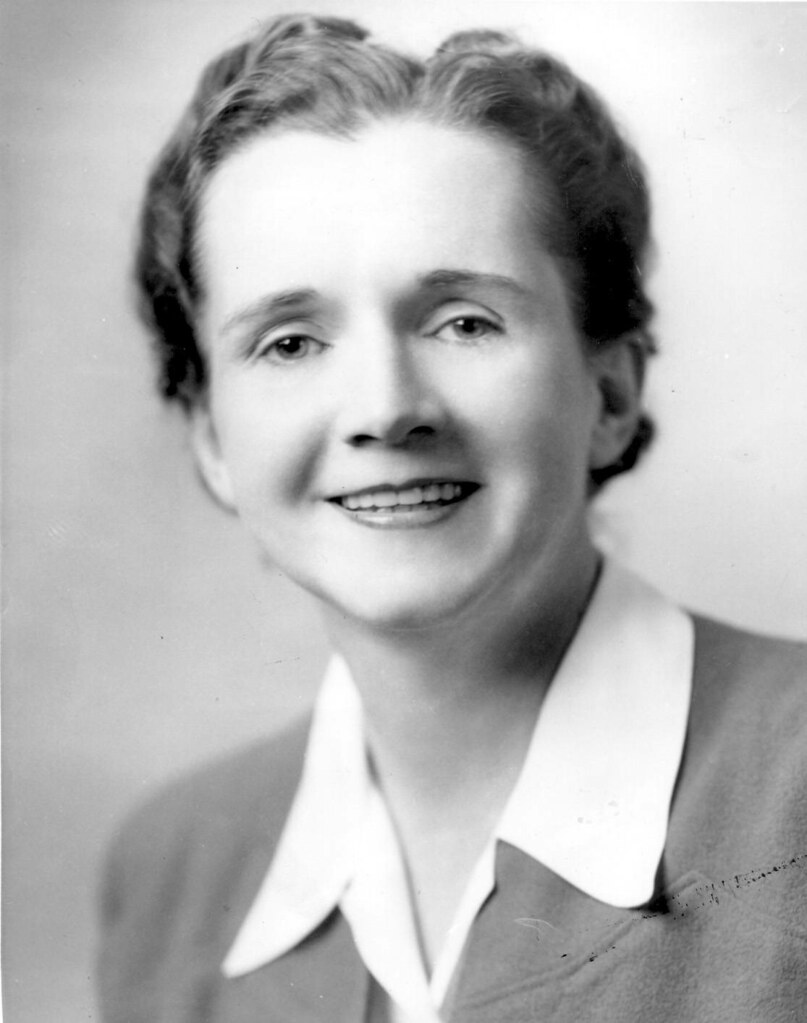
12. **Rachel Carson: The Clarion Call for Environmental Awareness**In the mid-20th century, a powerful voice emerged from the scientific community, compelling humanity to confront the devastating consequences of its actions on the natural world. Rachel Carson, a marine biologist and writer, became “a founder of 20th century environmentalism” through her groundbreaking work, particularly her seminal book, *Silent Spring*. Her eloquent and meticulously researched writings ignited a global conversation, sparking a widespread reappraisal of humanity’s relationship with the environment.
Carson’s most impactful contribution was her courageous exposé on the pervasive use of synthetic pesticides, especially DDT. Her book meticulously documented how these chemicals, initially hailed as miracles of modern science, were indiscriminately poisoning ecosystems, accumulating in the food chain, and threatening not only wildlife but also human health. She brought complex ecological concepts to a mainstream audience, revealing the invisible connections within nature and the far-reaching repercussions of seemingly isolated chemical applications.
*Silent Spring* was a clarion call that “led to a reappraisal of the effect of chemicals such as DDT on the environment, leading to bans and heavy restrictions.” Facing fierce opposition from chemical companies and some government agencies, Carson steadfastly defended her scientific findings, ultimately shifting public opinion and catalyzing the modern environmental movement. Her legacy is profound, reminding us that science must also serve as a conscience, urging us to protect the delicate balance of life on Earth for future generations.

13. **Marie Curie: Unveiling the Secrets of Radioactivity**A name synonymous with scientific brilliance and unwavering determination, Marie Curie stands as a colossus in the history of science, whose pioneering work in radioactivity not only redefined our understanding of matter but also paved the way for revolutionary medical treatments. Her tireless research, often conducted under arduous conditions, unlocked fundamental secrets of the universe, earning her two Nobel Prizes in two different scientific fields – a singular achievement.
Marie Curie, alongside her husband Pierre, “codiscovered the chemical elements radium and polonium,” two previously unknown elements that emitted extraordinary levels of radiation. This discovery was a testament to her meticulous experimental techniques and her relentless pursuit of knowledge, as they processed tons of pitchblende ore to isolate minute quantities of these potent new elements. Their work revealed that radioactivity was an atomic property, a profound departure from earlier chemical theories.
Beyond the fundamental discoveries of new elements, Curie made “numerous pioneering contributions to the study of radioactive elements,” meticulously characterizing their properties and behaviors. Her most significant medical application was her “first research into the treatment of tumors with radiation.” She envisioned and championed the use of radium in medicine, both for diagnostic purposes and for attacking cancerous cells, fundamentally transforming oncology. Her contributions, made with immense personal sacrifice, continue to save millions of lives annually, embodying the profound potential of scientific inquiry to alleviate human suffering.
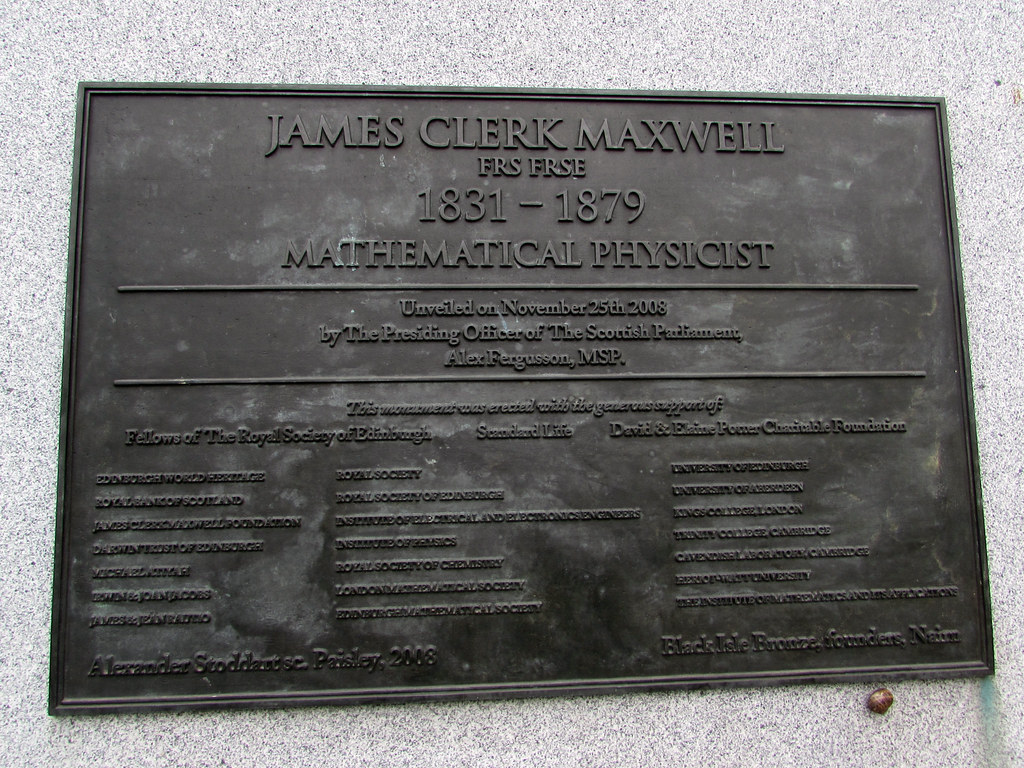
14. **James Clerk Maxwell: Weaving the Fabric of Light and Electromagnetism**In the grand tapestry of physical science, few threads are as intricately woven and profoundly impactful as those laid by James Clerk Maxwell. This Scottish mathematical physicist achieved one of the greatest syntheses in scientific history, fundamentally transforming our perception of light, electricity, and magnetism. His work stands as a monumental intellectual achievement, laying the theoretical groundwork for virtually all modern electrical and communications technologies.
Maxwell’s crowning glory was his famous set of equations, which “unified the forces of electricity and magnetism,” demonstrating that these seemingly distinct phenomena were, in fact, two facets of a single electromagnetic force. This elegant mathematical framework revealed a staggering truth: that “light is an electromagnetic wave,” propagating through space at a constant speed. This insight not only explained the nature of light but also predicted the existence of other electromagnetic waves, such as radio waves, which would later be experimentally confirmed by Heinrich Hertz.
Beyond his electromagnetic synthesis, Maxwell also made significant contributions to the “kinetic theory,” establishing that temperature is entirely dependent on the movement of particles within a substance. His work moved physics beyond descriptive observation to a deep, quantitative understanding of the underlying mechanisms of nature. Maxwell’s theoretical edifice provided the indispensable intellectual toolkit for the development of radio, television, radar, and eventually, wireless communication and the digital age, proving him to be a visionary whose equations literally wired the modern world.
As we draw this extraordinary expedition to a close, reflecting on the lives and legacies of these scientific titans, we are reminded of the enduring power of human intellect and curiosity. Each scientist, in their unique way, pushed the boundaries of the known, offering glimpses into the universe’s most profound secrets – from the minute architecture of the atom to the vast expanse of galaxies, from the intricate workings of the human brain to the delicate balance of our planet’s ecosystems. Their collective endeavors form an unbroken chain of discovery, each link forged with dedication, insight, and an unshakeable belief in the pursuit of truth. These are the stories that inspire, illuminating not just the path of science, but the boundless potential within us all to question, explore, and ultimately, to understand our remarkable world.





